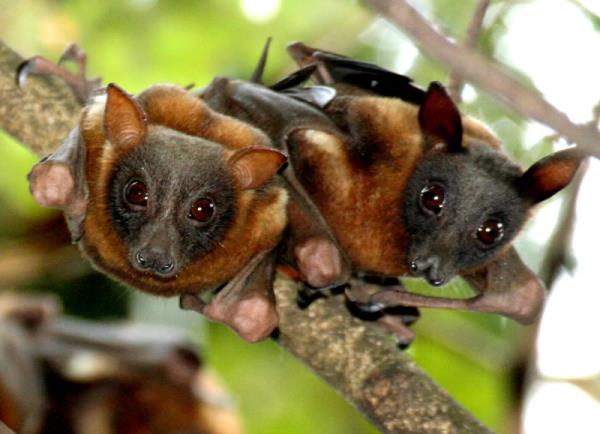
By JONATHON HOWARD
SUNSHINE Coast Council has hailed its flying fox dispersal methods at Cassia Wildlife Corridor a success, despite two separate attempts to disperse the flying foxes and wildlife experts claiming the dispersal would have occurred naturally following the flowering of the Melaluca flower.
In a press release Sunshine Coast Council said the Cassia Wildlife Corridor in Coolum is once again “flying fox free” following another round of dispersal actions.
Sunshine Coast Council carried out a second series of non-lethal dispersal actions from 14 to 17 July at the request of the local community.
Division 9 Councillor Stephen Robinson said there were currently no flying foxes within the corridor as a result of the recent activity.
“Around 800 to 1000 flying foxes had returned to the camp since the first round of dispersal actions ended in late May, which was around 40 per cent of the original population,” he said.
“At the request of local residents, council performed more dispersal actions a fortnight ago and this has again achieved a positive result with all flying foxes leaving the roost.
“For the wellbeing of residents I hope that flying foxes won’t return to the corridor or that we will see a further reduction in numbers that do return.
“Of course, with any dispersal action involving flying foxes there are no guarantees of long term success and no further actions will be possible for a number of months due to flying fox breeding cycle.”
The council continues to monitor flying fox populations at the Cassia Wildlife Corridor and other known roost sites within the region to assess the outcome of management actions, including potential relocations to equally unsuitable sites.
A report detailing flying fox management and outcomes over the last 18 months will be presented to the council in late 2014.






